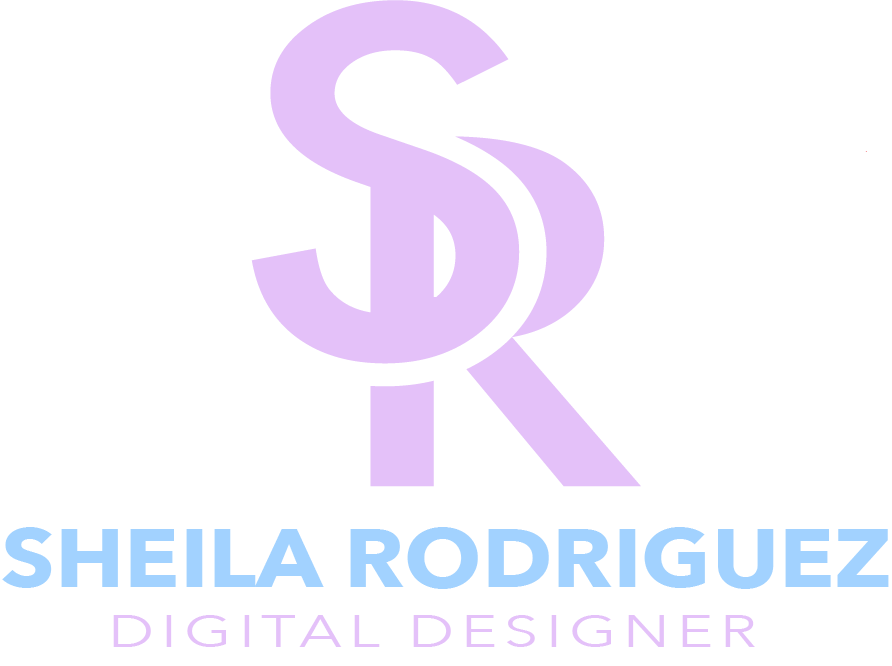Using diverse and engaging post formats can significantly enhance reader interaction and retention on your blog. Here are some effective formats to consider:
source:designbundles
1. How-To Guides and Tutorials
- Step-by-Step Instructions: Break down complex processes into manageable steps. Use numbered lists or bullet points for clarity.
- Visual Aids: Include images, screenshots, or videos to illustrate each step, making it easier for readers to follow along.
2. Listicles
- Curated Lists: Create posts that compile tips, tools, resources, or ideas related to your niche (e.g., “10 Essential Design Tools for Beginners”).
- Easy to Scan: Use bullet points or numbered lists for easy skimming, which is appealing to readers looking for quick information.
3. Case Studies
- In-Depth Analysis: Share detailed accounts of specific projects, including challenges faced, solutions implemented, and results achieved.
- Visual Examples: Use before-and-after images or project timelines to showcase progress and outcomes visually.
4. Interviews and Expert Roundups
- Q&A Format: Conduct interviews with industry experts or fellow designers. Use a Q&A format for easy reading.
- Multiple Perspectives: Compile insights from various experts on a specific topic to provide diverse viewpoints.
5. Infographics
- Visual Data Presentation: Create infographics that summarize complex information or statistics in a visually appealing way.
- Shareable Content: Infographics are highly shareable and can drive traffic to your blog when shared on social media.
6. Opinion Pieces
- Personal Insights: Write articles sharing your thoughts on current design trends, industry news, or controversial topics.
- Encourage Discussion: Invite readers to share their opinions in the comments, fostering engagement and community discussion.
7. Behind-the-Scenes Posts
- Process Insights: Share your design process, tools you use, and how you approach projects. This transparency can be very engaging for readers.
- Personal Touch: Include anecdotes or challenges you’ve faced, making your content relatable and authentic.
8. Video Content
- Tutorials and Walkthroughs: Create video tutorials or walkthroughs that visually demonstrate your design techniques.
- Engagement: Video content tends to have higher engagement rates and can complement written content effectively.
9. Challenges and Prompts
- Design Challenges: Host monthly design challenges or prompts that encourage readers to participate and showcase their work.
- User-Generated Content: Feature submissions from your audience, fostering community involvement and engagement.
10. Resource Roundups
- Curated Lists: Compile lists of useful resources, tools, or articles that can help your readers in their design journey.
- Regular Updates: Consider making this a regular feature (e.g., “Monthly Resource Roundup”) to keep your audience coming back for more.
11. Visual Portfolios
- Project Highlights: Create posts that showcase your work in a portfolio-style format, highlighting specific projects with images and descriptions.
- Storytelling Approach: Tell the story behind each project, discussing your creative process and the challenges faced.
Conclusion
Incorporating a variety of engaging post formats not only enriches your content but also keeps your audience interested and encourages them to return. Experiment with different formats to find what resonates best with your readers, and don’t hesitate to mix and match elements to create unique posts.
